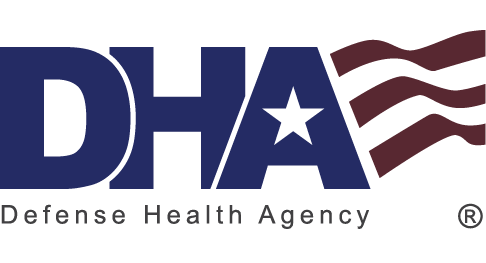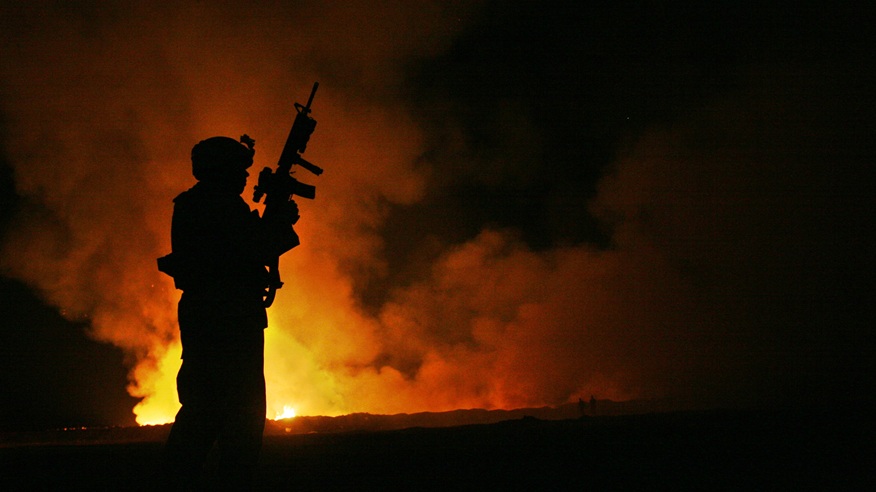Aug. 12, 2025 | By Janet A. Aker, OASDHA/Military Health System Communications
The Department of Defense and the Department of Veterans Affairs continue to work closely together to address military-related toxic material/environmental exposures from the Iraq and Afghanistan wars through the VA’s 2014 Airborne Hazards and Open Burn Pit Registry. In June 2025, the Defense Health Agency added new training requirements for healthcare providers on toxic exposures and burn pits.
On Aug. 1, 2024, the VA launched a redesigned registry after extensive feedback showing veterans found it too challenging to enroll in the program. The new registry helps inform efforts to improve benefits as part of the PACT Act of 2022, also known as the “Promise to Address Comprehensive Toxics Act.”
The VA and the DOD also expanded PACT Act benefits and VA health care for service members and veterans who served in Operation Desert Shield and Operation Desert Storm, as well as related operations in Iraq, the war on terrorism, and the Vietnam War.
Key updates to the registry include:
- Automatic enrollment of more than 4.7 million veterans and service members who meet the expanded eligibility criteria based on DOD manpower and deployment records
- Information from all military-exposure databases
- Removal of a 144-question survey required to participate in the registry
- Establishment of an easy opt-out process for enrollees
New Training Required
The new DHA training is for healthcare providers at all military hospitals and clinics. It’s called the “Airborne Hazards and Open Burn Pit Registry Overview.” The training is in accordance with the requirements of Section 725 of the National Defense Authorization Act for Fiscal Year 2022.
Under the guidance, healthcare providers must complete the one-hour Joint Knowledge Online training course if they have not already done so. It also requires providers to review the “Airborne Hazards and Open Burn Pit Registry DoD Health Care Provider Clinical Toolbox.”
Provider Training Updates
The updated training includes expanded information about:
- AHOBPR eligibility criteria and the new auto-enrollment process
- Clinical content such as recommended diagnostic codes and how to manage patient encounters related to airborne hazards and open burn pit exposures
- Information about the Individual Longitudinal Exposure Record, and new information on the Military Health Systems’ Periodic Occupational and Environmental Monitoring Summary. Both the web-based ILER and the monitoring summaries of POEMS track and manage exposure data.
For medical personnel seeking more information on deployment-related environmental exposures, continuing education-eligible training is offered by the VA’s War Related Illness and Injury Study Center.
The resource contains:
- Background information on airborne hazards and the registry
- Guidance for conducting a medical evaluation associated with environmental exposure concerns
- Resources for providers to review and share with service members and other healthcare providers to improve health outcomes for those exposed
Educational materials regarding military exposures are regularly updated, so providers should plan to check in for any changes in guidance.
Related Illnesses
In addition to burn pits, oil well fires, smoke, sand, dust, the mixture of solid particles and liquid droplets suspended in the air (particulate matter), and regional pollution from the climate and environment, the VA links nine infectious diseases to military service in Southwest Asia. Additionally, veterans may have been exposed to depleted uranium from vehicles or being wounded by a fragment containing depleted uranium.



